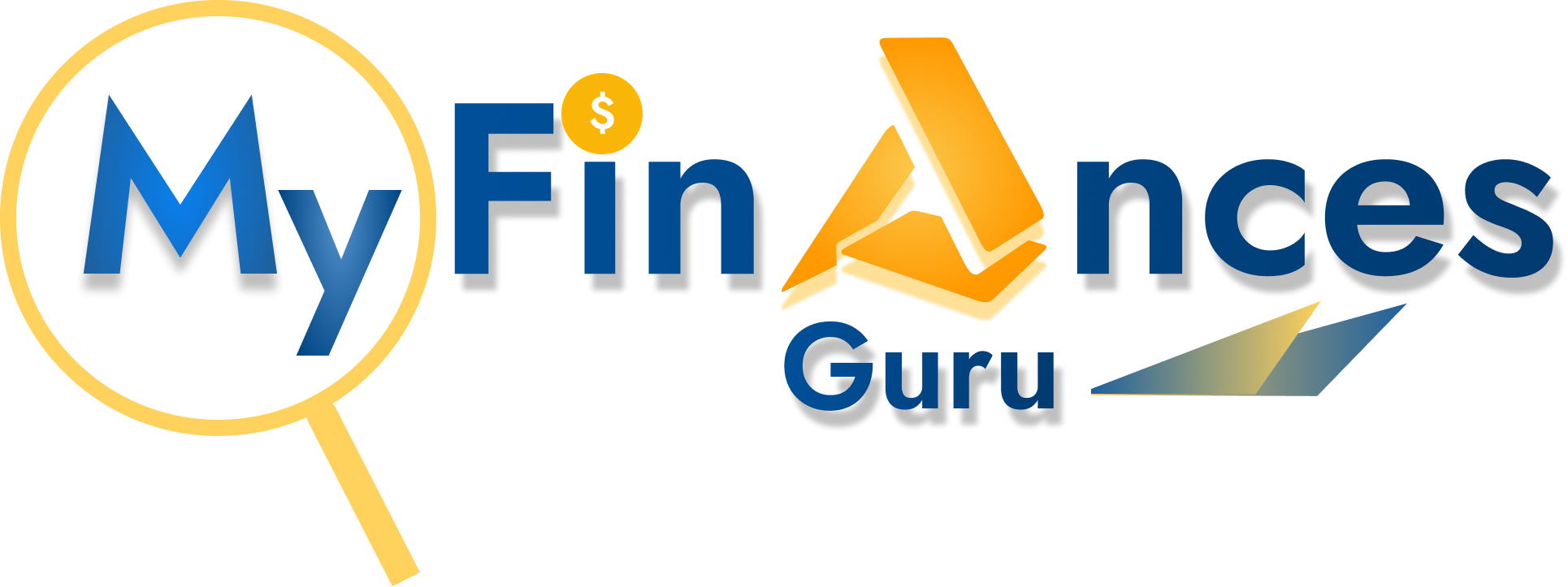If you only pay the minimum on your credit card Canada, you’re not alone. A 2023 report by the Financial Consumer Agency of Canada found that nearly 1 in 5 Canadians regularly carry a credit card balance. While it might feel like you’re staying on top of your bills, paying just the minimum can lead to a long, expensive cycle of debt.
In this detailed guide, we’ll break down exactly what happens when you pay the minimum on your credit card Canada, how it affects your credit score, and what you can do to protect your finances.
Understanding the Minimum Payment
In Canada, your credit card minimum payment is usually either:
- A flat rate (e.g. $10)
- A percentage of your balance (commonly 2% to 3%)
- Plus interest or fees if you’ve missed past payments
Example: If your balance is $2,500 and your minimum payment is 3%, you’d owe $75 that month. It sounds manageable, but here’s the catch: most of that payment goes toward interest, not your actual balance.
What Happens If You Only Pay the Minimum?
Here’s what happens if you consistently pay the minimum on your credit card Canada:
1. You’ll Pay a Lot More in Interest
Credit cards in Canada typically charge 19.99% to 29.99% interest. When you only pay the minimum, most of your payment goes toward that interest, not the principal.
Let’s say you have a $3,000 balance at 20% interest. If you only make minimum payments of $90/month:
- It could take over 15 years to pay off
- You’ll pay more than $4,000 in interest alone
2. Your Balance Shrinks Slowly
Since interest eats up most of your payment, the balance decreases slowly. You’re stuck in a cycle where your debt feels never-ending. The balance barely moves, and you keep paying month after month.
3. You May Damage Your Credit Score
Technically, paying the minimum keeps your account in good standing. But if your balance is high compared to your credit limit, your credit utilization ratio goes up. This can lower your credit score.
High utilization (above 30%) signals to lenders that you’re relying heavily on credit, which may make it harder to qualify for loans or get a good interest rate.
4. You Limit Your Financial Freedom
Carrying a balance limits your ability to:
- Qualify for new credit cards
- Get approved for a mortgage
- Take out a car loan
Why? Because lenders see you as a higher risk.
5. You’re More Likely to Fall into Long-Term Debt
One emergency, job loss, or unexpected expense and you’re maxed out. Paying only the minimum means you’re never really freeing yourself from that burden.
Real Canadian Example
Let’s break it down further with a real example using a Canadian average:
- Balance: $5,000
- Interest rate: 20%
- Minimum payment: 2.5% (starting at $125)
If you only pay the minimum each month and never use the card again:
- Time to repay: 22 years
- Total interest paid: Over $6,500
- Total cost: $11,500
This is why it’s critical to pay more than the minimum whenever possible. It’s one of the most effective ways to reduce debt.
Why Do Credit Card Companies Allow This?
Because it’s profitable. The longer you take to pay off your balance, the more interest they earn. Banks are legally required in Canada to show you how long it will take to pay off your balance if you only make minimum payments—it’s usually printed on your statement.
The Psychology Behind Minimum Payments
Paying the minimum gives the illusion of progress. It feels like you’re taking care of your obligations, even though your debt isn’t really going anywhere. This is called payment anchoring — a term used by behavioral economists to explain why people focus on minimums rather than their total debt.
What You Should Do Instead
1. Always Pay More Than the Minimum
Even an extra $50 or $100 a month makes a huge difference. It reduces your balance, lowers interest over time, and shortens the repayment period.
2. Use the Snowball or Avalanche Method
- Snowball: Pay off the smallest balance first to gain momentum
- Avalanche: Pay off the highest interest rate first to save more long-term
Both work. Pick the one you’ll stick with.
3. Consider a Balance Transfer
Some Canadian credit cards offer 0% interest for 6–12 months on balance transfers. Use this to pay down your balance without interest.
Just make sure you pay it off before the promotional period ends, or you could face retroactive interest.
4. Talk to Your Lender
If you’re struggling, contact your credit card provider. Some may offer:
- Reduced interest rates
- Temporary hardship programs
- Lower minimums or frozen accounts
It never hurts to ask.
5. Create a Budget & Set a Repayment Plan
Look at your income and expenses. Allocate more toward credit card repayment.
Apps like Mint, KOHO, and Credit Canada can help track spending and prioritize debt payments.
How It Affects Your Credit Score in Canada
Your credit score depends on five key factors:
- Payment history (35%)
- Credit utilization (30%)
- Length of credit history (15%)
- Credit mix (10%)
- New credit inquiries (10%)
Only paying the minimum affects:
- Utilization: High balances hurt your score
- Payment history: If you miss even a minimum, it can tank your score by 100+ points
To protect your score, aim to pay down balances and keep utilization under 30%.
FAQs
1. Is it okay to pay only the minimum sometimes?
Yes, if you’re in a tight spot—but don’t make it a habit.
2. Does paying only the minimum hurt my credit score?
Not directly, but it can over time due to high utilization and growing balances.
3. What happens if I miss even the minimum payment?
You’ll get a late fee, lose your grace period, and your credit score will likely drop.
4. Will my credit card be closed if I always pay the minimum?
Unlikely—but you may be seen as a risky borrower.
5. Can I negotiate interest rates in Canada?
Yes. Many Canadians successfully request lower rates—especially with a good history.
6. What’s a safe percentage of credit to use?
Keep your balance under 30% of your total limit. Under 10% is ideal.
7. Should I close a card I’ve paid off?
Usually not. Keeping it open improves your credit history.
8. Can debt consolidation help?
Yes, especially if you have multiple cards. Just be careful with fees and interest rates.
9. What are my rights as a cardholder in Canada?
You have the right to transparent terms, dispute errors, and access financial help if needed.
10. Are credit counseling services in Canada legit?
Yes, but stick to non-profits like Credit Canada or ACORN Canada.
Final Thoughts
Paying only the minimum might feel manageable, but it’s a debt trap. You end up paying more interest, risking your credit score, and staying stuck for years. Understanding what happens when you only pay the minimum on your credit card Canada is the first step to breaking free.
Pay more than the minimum, track your spending, and talk to your lender if needed. With the right plan, you can regain control and move toward financial freedom.
Have a strategy or success story? Share it in the comments—let’s help others do the same.


